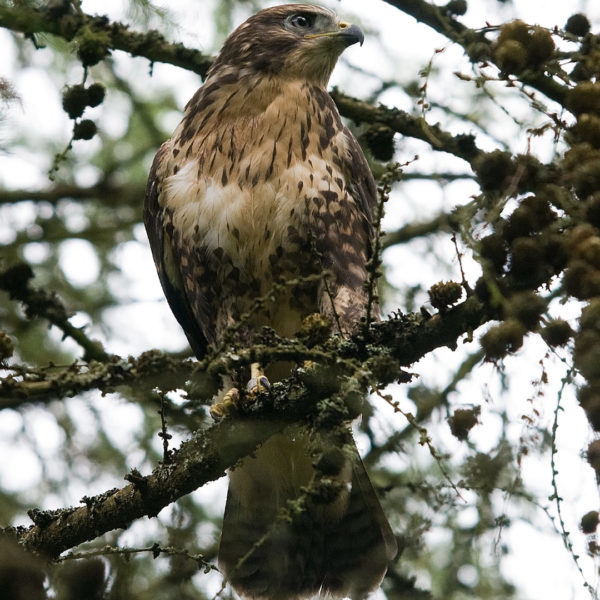Key Facts
- Length: 45-53cm
- Wingspan: 1.2m
- Weight: 780-1,000g
- Average Lifespan: 12 years
Buzzards suffered from persecution and pesticide poisoning in the early 20th century and until recently were only found in the north and west of the country.
Over the last couple of decades they have been doing very well and can now be found almost everywhere in the UK. Listen out for their cat-like, ‘kee-yaaa’ calls as they soar in high circles over grassland, farmland and woodlands. Buzzards eat small birds, mammals and carrion, but will also eat large insects and earthworms when prey is in short supply.
How to Identify
Buzzards are the most frequently seen medium-sized birds of prey. They have broader wings and shorter tails than the harriers or red kite. Their plumage can vary from a uniform dark brown to much paler colours.
Where to find
Found almost everywhere.
How People Can Help
Like many of our birds of prey, the buzzard was severely persecuted in the UK. This species also suffered declines in the 1950s when rabbit populations crashed due to myxomatosis infections. Thankfully, buzzards are a success story – increasing in number and now widespread across the country. To ensure their continued success, The Wildlife Trusts work closely with farmers and landowners to promote wildlife-friendly practices. We are working towards a ‘Living Landscape’: a network of habitats and wildlife corridors across town and country which are good for both wildlife and people. You can support this greener vision for the future by joining your local Wildlife Trust.
Did you know?
In the spring, male buzzards perform a ‘roller coaster’ display, soaring up high and then swooping down over and over again to attract a mate. Once paired, buzzards construct their bulky nest in the fork of a large tree, often near to a wood. The female will lay between two and four eggs which take just over a month to hatch.
Similar Species
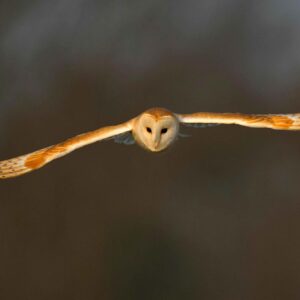
Barn Owl
- Birds
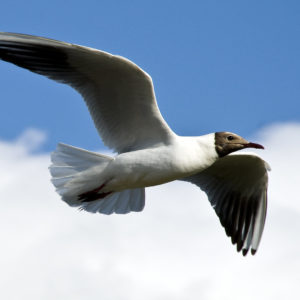
Black-Headed Gull
- Birds
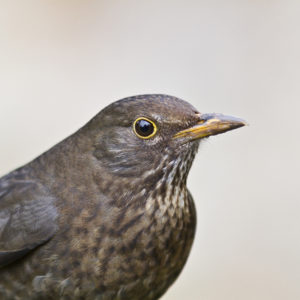
Blackbird
- Birds
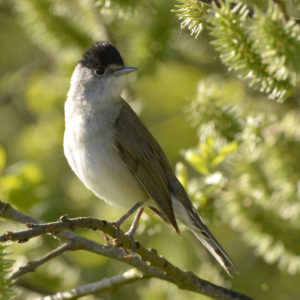
Blackcap
- Birds
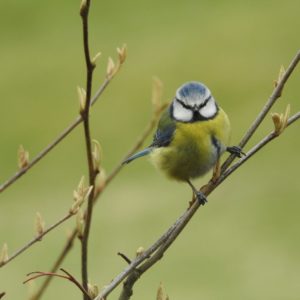
Blue Tit
- Birds
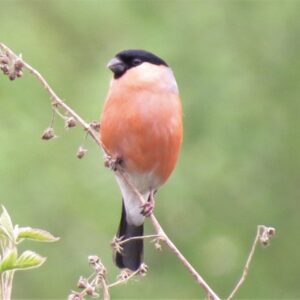
Bullfinch
- Birds
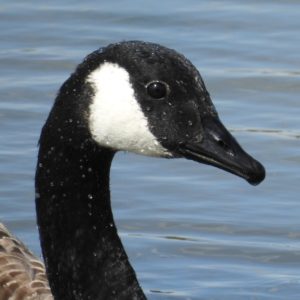
Canada Goose
- Birds
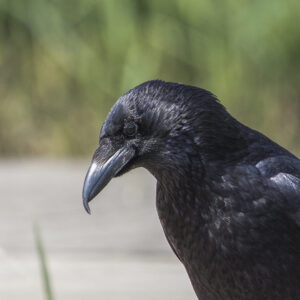
Carrion Crow
- Birds
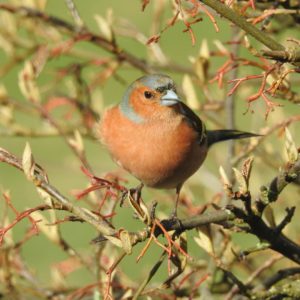
Chaffinch
- Birds
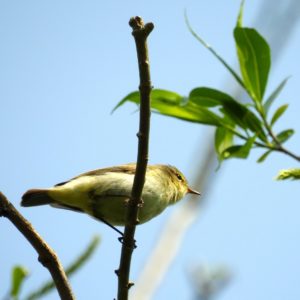
Chiffchaff
- Birds
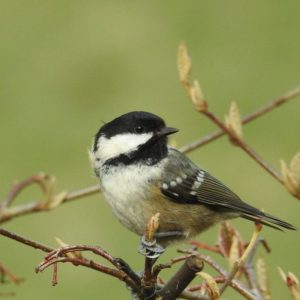
Coal Tit
- Birds
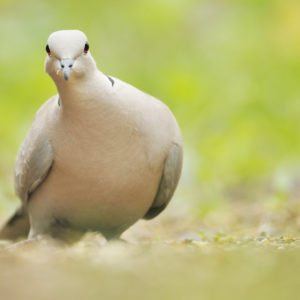
Collared Dove
- Birds
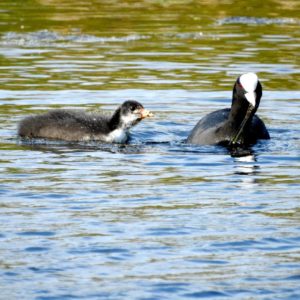
Coot
- Birds
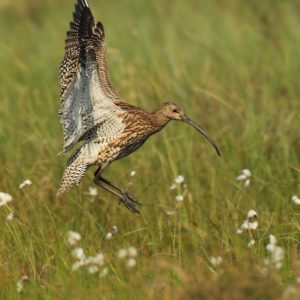
Curlew
- Birds
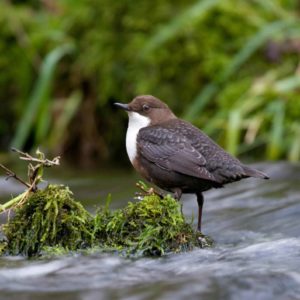
Dipper
- Birds
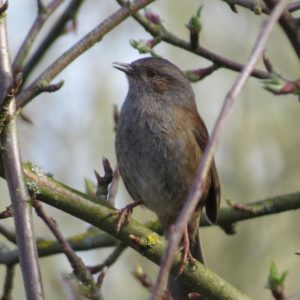
Dunnock
- Birds
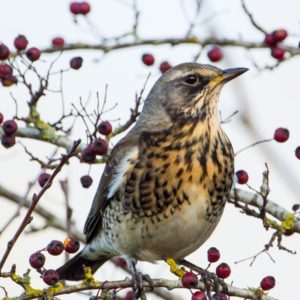
Fieldfare
- Birds
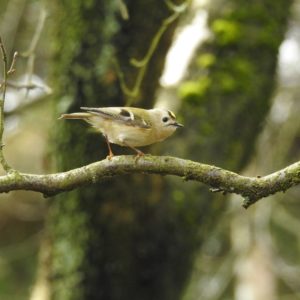
Goldcrest
- Birds
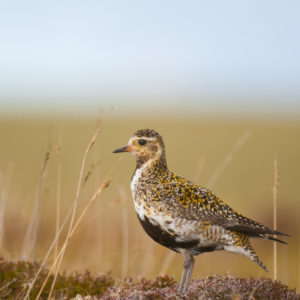
Golden Plover
- Birds
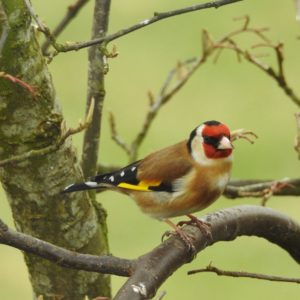
Goldfinch
- Birds
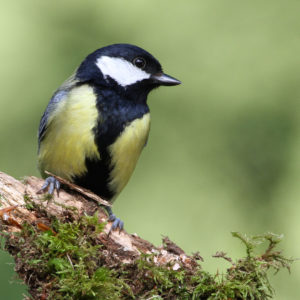
Great Tit
- Birds
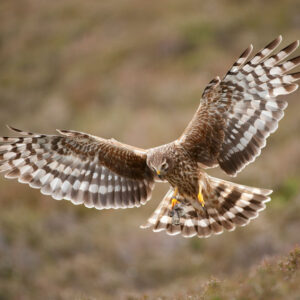
Hen Harrier
- Birds

Herring Gull
- Birds
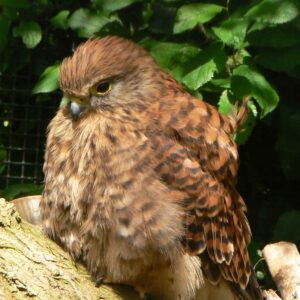
Kestrel
- Birds
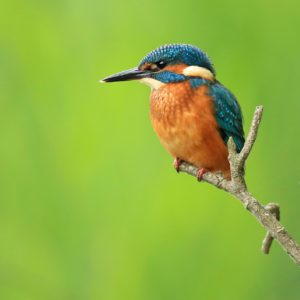
Kingfisher
- Birds
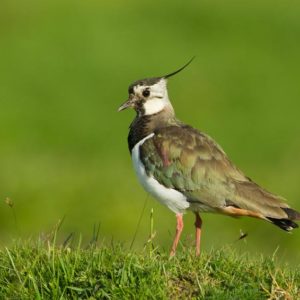
Lapwing
- Birds
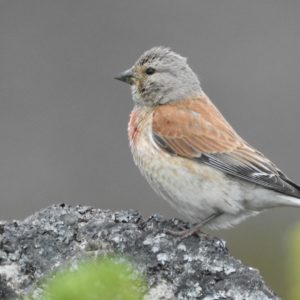
Linnet
- Birds
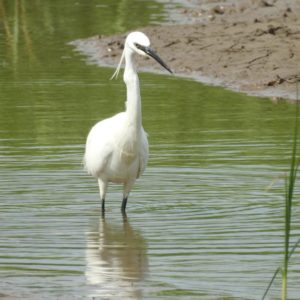
Little Egret
- Birds
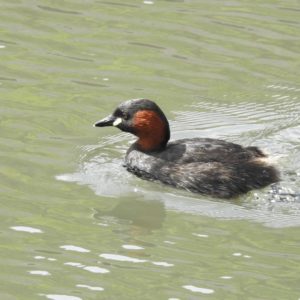
Little Grebe
- Birds
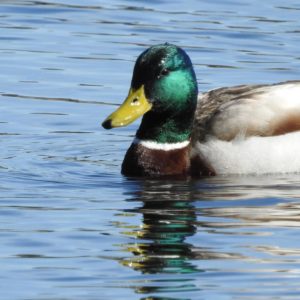
Mallard
- Birds

Mandarin Duck
- Birds
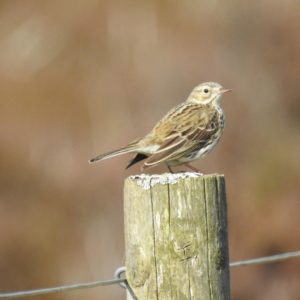
Meadow Pipit
- Birds
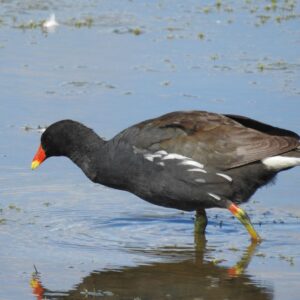
Moorhen
- Birds
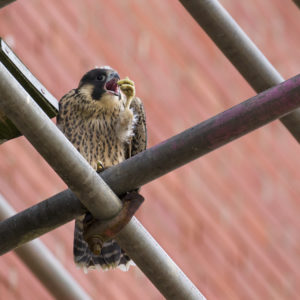
Peregrine falcon
- Birds
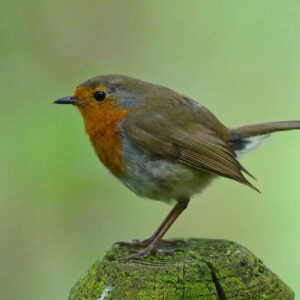
Robin
- Birds
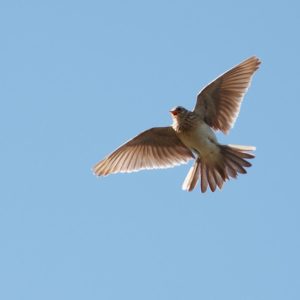
Skylark
- Birds
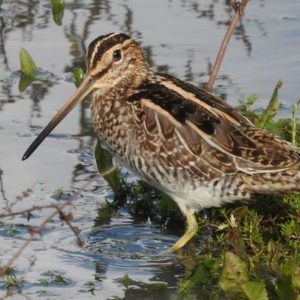
Snipe
- Birds
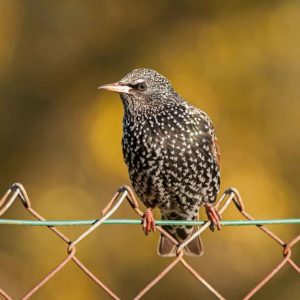
Starling
- Birds
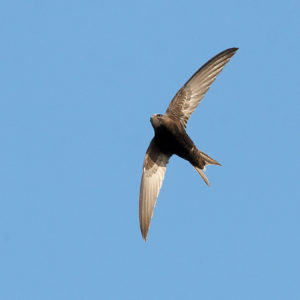
Swift
- Birds
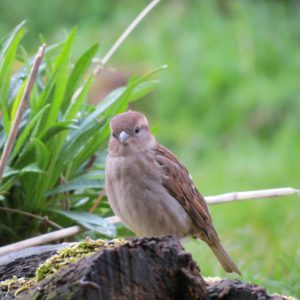
Tree Sparrow
- Birds
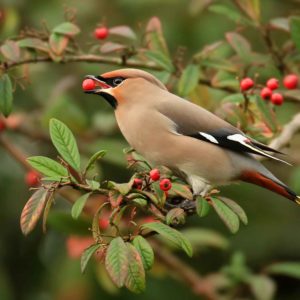
Waxwing
- Birds
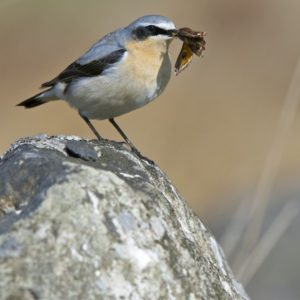
Wheatear
- Birds
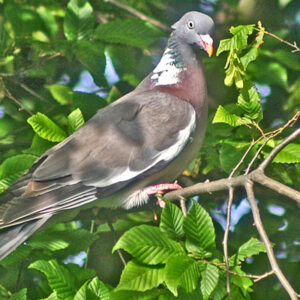
Wood Pigeon
- Birds
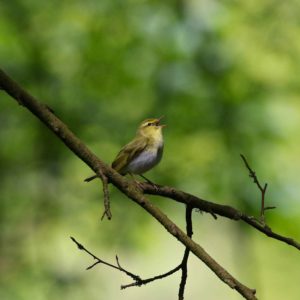
Wood Warbler
- Birds
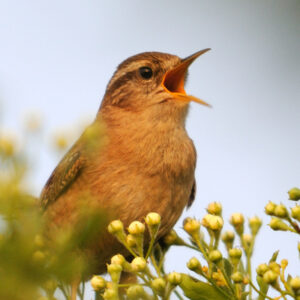
Wren
- Birds
